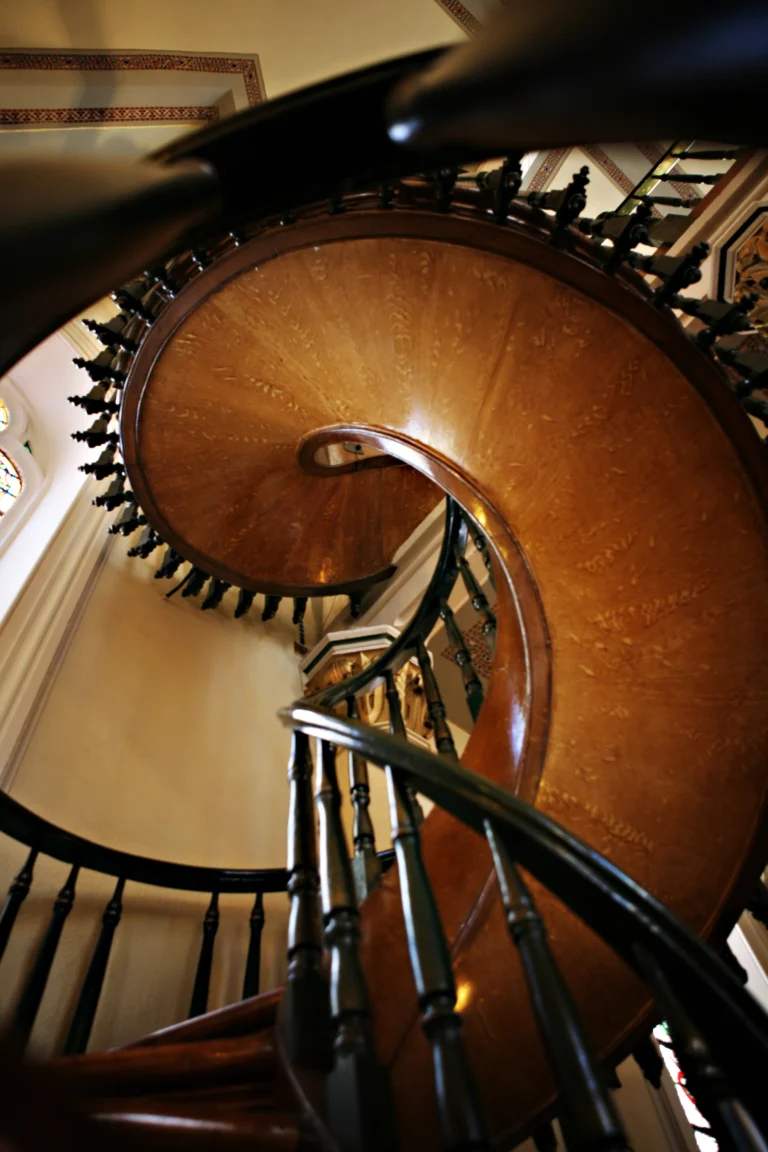The Legendary Iron Claw of Archimedes: Did It Decimate Rome’s Naval Forces?
The siege of Syracuse in 214 BC was one of the most significant conflicts of the Second Punic War. Standing at the heart of this battle was the legendary genius Archimedes, whose engineering prowess led to the creation of several remarkable war machines. Among these, the Iron Claw of Archimedes—a towering crane-like device—became a subject of fascination. But did this invention truly decimate the Roman fleet, or has history embellished the story over time?
What Was the Iron Claw of Archimedes?
The Iron Claw, also known as the Claw of Archimedes, was a mechanical contraption designed to defend the city of Syracuse. Ancient sources describe it as a large, crane-like device equipped with a grappling hook. Its primary function was to lift and sink Roman ships attempting to breach the city’s fortified walls.
Imagine a massive mechanical arm, looming over the water, ready to snatch Roman vessels from the sea. The Iron Claw would grab the ships by their prow, lift them into the air, and then suddenly drop them, causing them to capsize. This action reportedly caused mass panic within the Roman fleet.
However, many historians remain skeptical. The mechanics of such a device seem improbable by today’s standards, leading some scholars to suggest that the stories of the Claw may be exaggerated. Nevertheless, the legend persists, raising questions about the true nature of this ancient invention.
“The Claw was a wonder of ancient engineering, whether myth or reality, it continues to capture the imagination of historians.” — Polybius
How It Worked: Mechanics of the Iron Claw
The Claw of Archimedes supposedly worked by using counterweights and levers, principles Archimedes mastered. A series of ropes, pulleys, and weights would pull the grappling hook to lift ships. Once a vessel was airborne, its destruction was virtually inevitable as it crashed into the sea or against the rocks.
The logistics of this operation, however, raise doubts. The sheer size, force, and precision required to execute such a feat seem incredible. Yet, given Archimedes’ track record, nothing is entirely out of the realm of possibility.
Did Archimedes Destroy a Roman Fleet?
One of the most debated questions about this historical episode is whether Archimedes’ inventions, especially the Iron Claw, truly succeeded in destroying a Roman fleet during the siege. According to ancient historians like Polybius and Livy, the Romans were repeatedly thwarted by the city’s defenses, which included Archimedes’ war machines.
Ancient Accounts of Success
Polybius, one of the primary sources on the siege, claimed that several Roman ships were indeed wrecked by Archimedes’ machines, including the Claw. He described how Roman soldiers were “lifted into the air like fish on a line” and then “hurled to their doom as their ships were overturned.”
Similarly, Livy wrote about the panic that gripped the Roman forces as their ships were either capsized or sunk. According to him, the soldiers were left demoralized, unsure of how to defend themselves against these unseen mechanical forces.
Modern Skepticism
Despite these accounts, modern historians cast doubt on the reality of the Claw’s devastating power. They argue that ancient sources often exaggerated the impact of such inventions to elevate Archimedes’ legend. The absence of physical evidence also contributes to skepticism. While it’s clear that the Roman fleet suffered losses, many believe that these were due to conventional military strategies rather than a single, fantastical invention.
A Naval Disaster or Tactical Loss?
In truth, it is likely that a combination of factors, including clever engineering, strategy, and luck, contributed to the Romans’ struggles during the siege of Syracuse. The Iron Claw, if it existed, may have played a symbolic role more than a decisive one.
Archimedes’ Role in the Defense of Syracuse

Archimedes wasn’t just a mathematician and physicist—he was also a vital figure in Syracuse’s defense. Throughout the siege, he designed and implemented a series of machines to protect the city. Alongside the Iron Claw, Archimedes created other mechanisms that made it nearly impossible for Roman forces to breach the city’s defenses.
Biography of Archimedes
| Attribute | Value |
|---|---|
| Full Name | Archimedes of Syracuse |
| Born | 287 BC, Syracuse |
| Famous For | Mathematician, physicist, engineer |
| Inventions | Iron Claw, Catapults, Levers, Water Screw |
| Death | 212 BC, during the Fall of Syracuse |
Archimedes was born in 287 BC in Syracuse, a thriving city-state in ancient Sicily. He studied in Alexandria, Egypt, before returning to Syracuse, where he became a close associate of the ruling monarch. His contributions to mathematics, geometry, and engineering earned him a reputation as one of the greatest minds of antiquity. Unfortunately, Archimedes met a tragic end during the Roman conquest of Syracuse in 212 BC, where he was reportedly killed by a Roman soldier despite orders to spare his life.
Other War Machines of Archimedes
While the Iron Claw is the most famous of Archimedes’ inventions, it wasn’t the only machine in his arsenal. He also developed several other war machines that played a key role in Syracuse’s defense.
Catapults and Stone Throwers
Archimedes’ catapults were designed to hurl large stones at enemy ships and soldiers from a distance. These machines were powerful enough to destroy vessels before they even reached the walls of Syracuse.
The Burning Mirrors
Perhaps one of the most legendary of Archimedes’ creations was the so-called Burning Mirror, a series of mirrors used to focus sunlight and set Roman ships on fire. While there’s limited evidence supporting this account, the story has captured the imagination of many historians and engineers alike.
The Fall of Syracuse and the Death of Archimedes
Despite the brilliance of Archimedes and his machines, Syracuse eventually fell to the Romans in 212 BC. The prolonged siege took its toll on the city, and the Roman forces, led by General Marcellus, finally breached the defenses. In the aftermath, Archimedes was killed, reportedly while drawing mathematical equations in the sand.
Archimedes’ Lasting Legacy
Though Syracuse fell, Archimedes’ inventions left a lasting impact on warfare and engineering. His methods of using levers, pulleys, and counterweights laid the foundation for many modern technologies. Even today, engineers and scientists study Archimedes’ work, drawing inspiration from his ability to solve complex problems with practical solutions.
The Legacy of the Iron Claw

While the Iron Claw itself may be a mixture of fact and myth, it remains a symbol of the ingenuity and brilliance of Archimedes. Whether it truly decimated the Roman fleet or simply frightened them into retreat, it demonstrated the potential of technology to change the course of history.
Did the Iron Claw Inspire Later Technologies?
The mechanics behind the Claw, particularly its use of counterweights and levers, undoubtedly influenced later military innovations. Engineers throughout history have looked to Archimedes’ designs for inspiration when constructing large-scale machines.
FAQ
Q: Did the Iron Claw really sink Roman ships?
A: Ancient sources claim it did, but modern historians are skeptical about the effectiveness of the device.
Q: What else did Archimedes invent?
A: Along with the Iron Claw, Archimedes invented catapults, stone throwers, and possibly the Burning Mirror.
Q: How did Archimedes die?
A: Archimedes was killed during the fall of Syracuse, despite orders from the Roman general Marcellus to spare his life.






